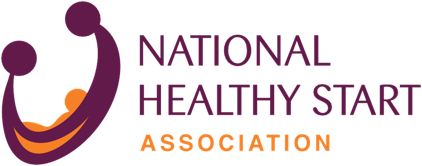Click on each orange circle on the map to learn about current AIM CCI sites, as well as view their community profiles.
The community profiles show data around social and environmental factors that can impact maternal health outcomes and overall family wellbeing.






